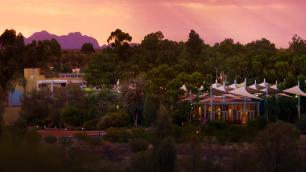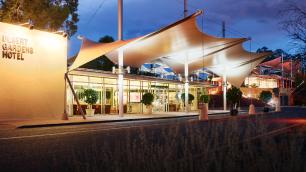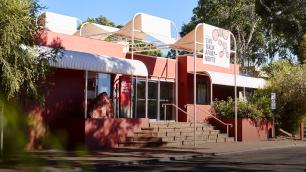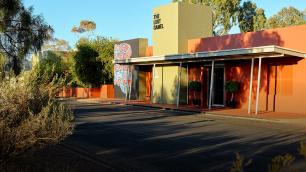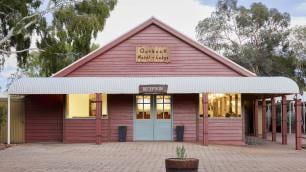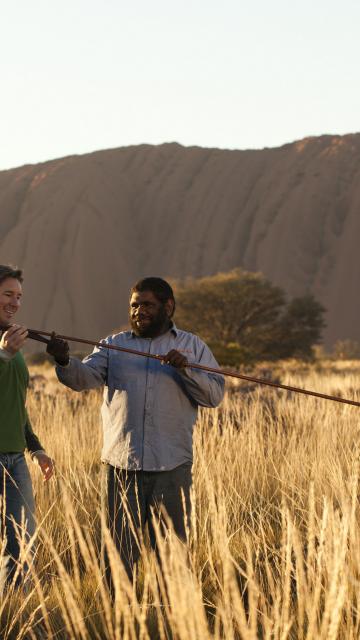European explorers may not have "discovered" Uluru until the 1870's, but the site has long been a place of spiritual significance for Indigenous Australians, who have lived in the area for more than 20,000 years. Hearing the stories of Uluru and Kata Tjuta's traditional owners, the Anangu people, which have been passes down from generation to generation, and learning about their fascinating culture is a highlight of any visit to the Red Centre.
Tjukurpa is the foundation of Anangu life and society. It refers to the period when ancestral beings created the world, and from this religion, law and moral systems. It tells of the relationships between people, plants, animals and the physical features of the land. Elders have kept this culture alive through storytelling, ceremonies, songs, dance and art for thousands of years.
Uluru-Kata Tjuta National Park's Cultural Centre, at the base of Uluru, is a great place to begin. You enter through a tunnel which reveals several creation stories, and can also hear presentation at 10am daily. The centre is also home to two art galleries. You can see artists at work and ask questions about their creations at Walkatjara Gallery. Maruku Arts showcases traditionally-crafted wooden tools and artefacts, paintings, jewellery, pottery and other crafts by artists from the Central Western Desert region.
Maruku also holds super fun dot painting workshops each morning and afternoon int he Town Square at Ayers Rock Resort. You will learn some introductory words from the local language, Pitjantjatjara, and be introduced to symbols and tools before creating your own masterpiece to keep.


